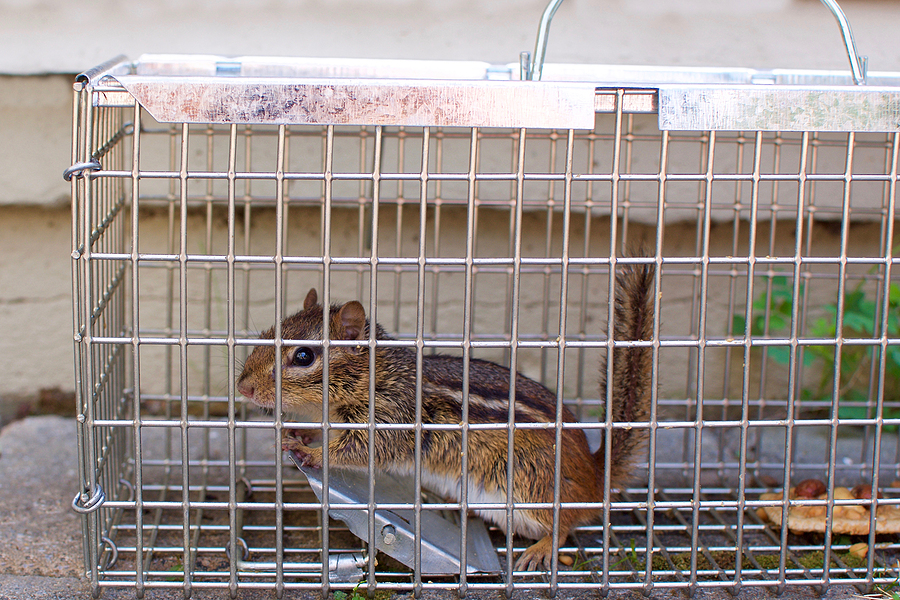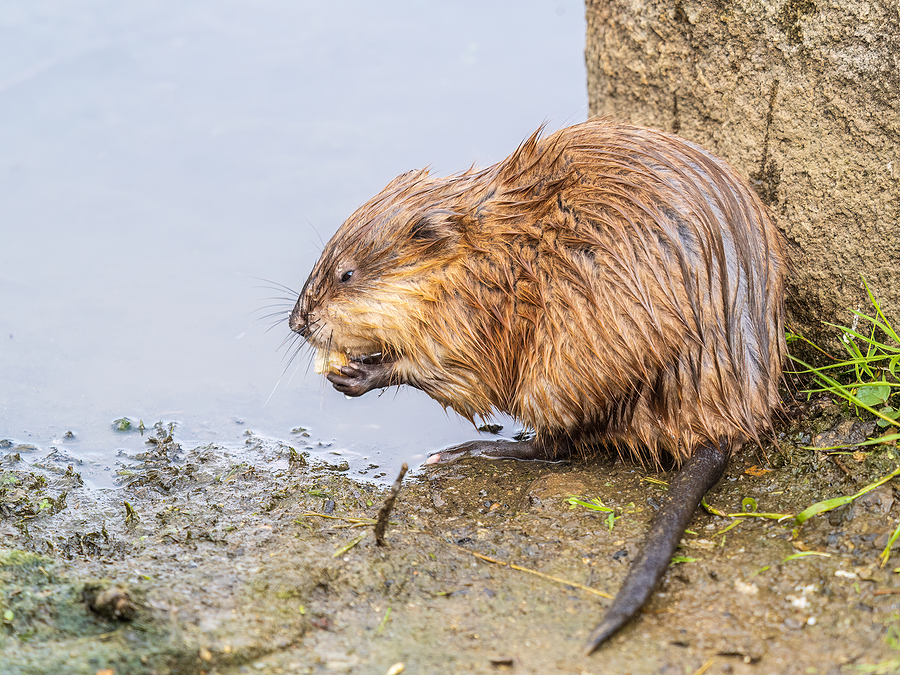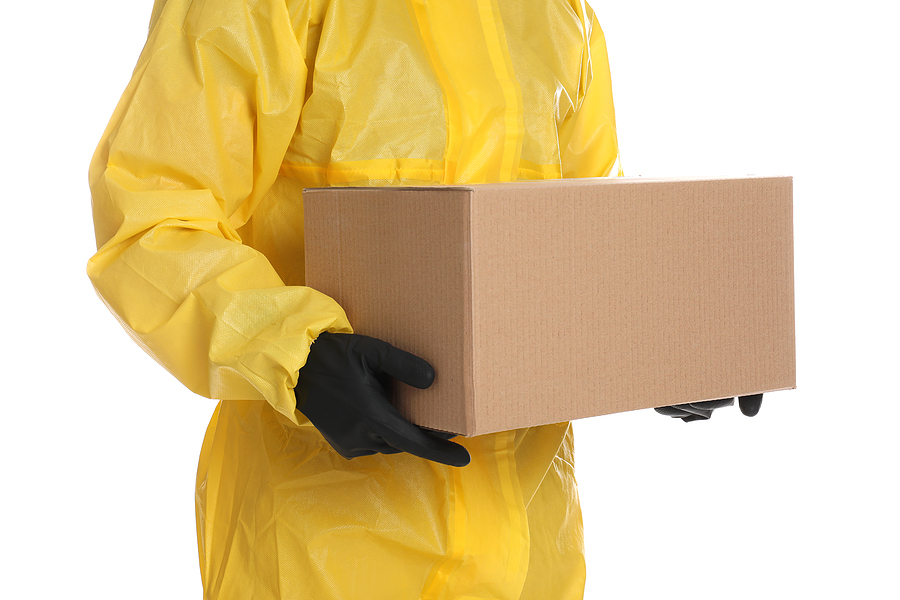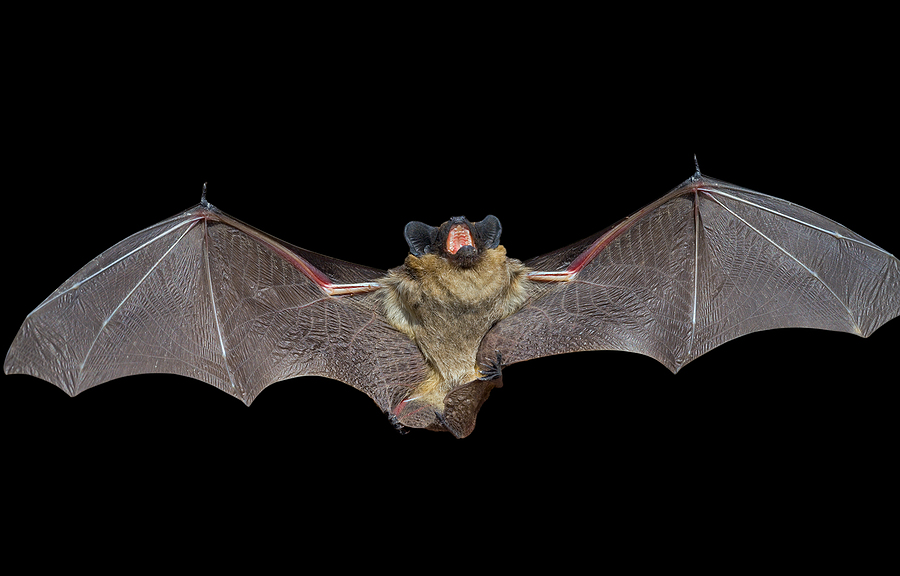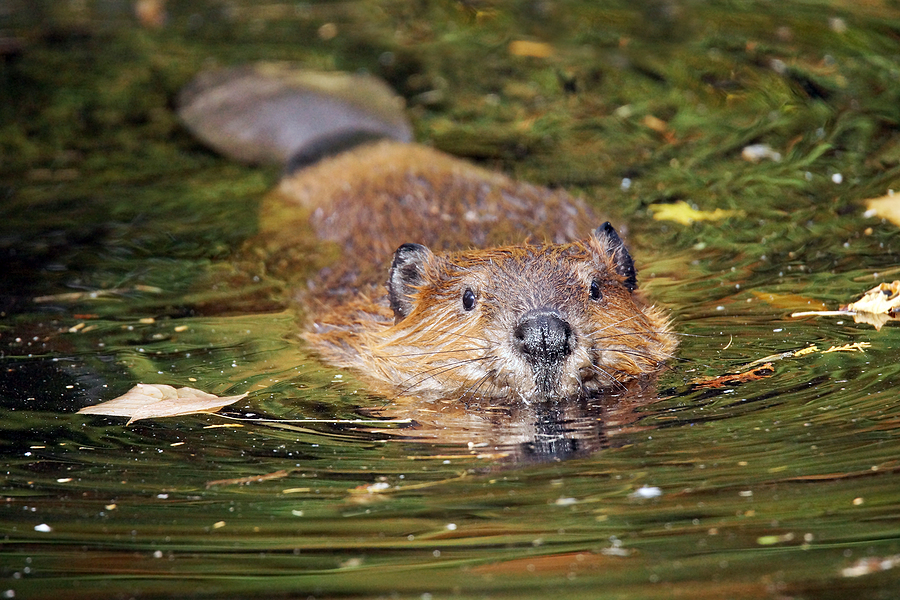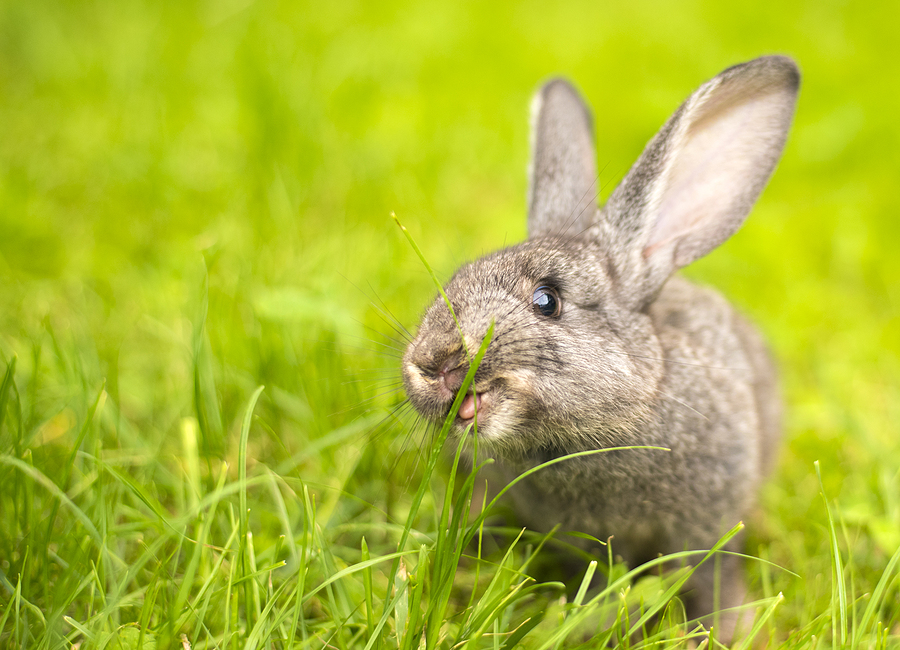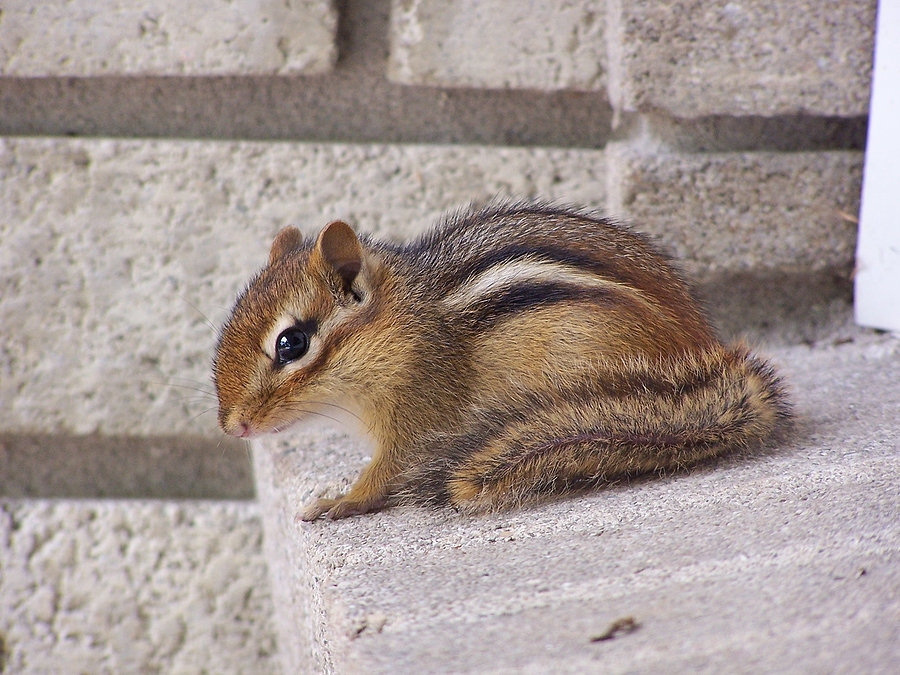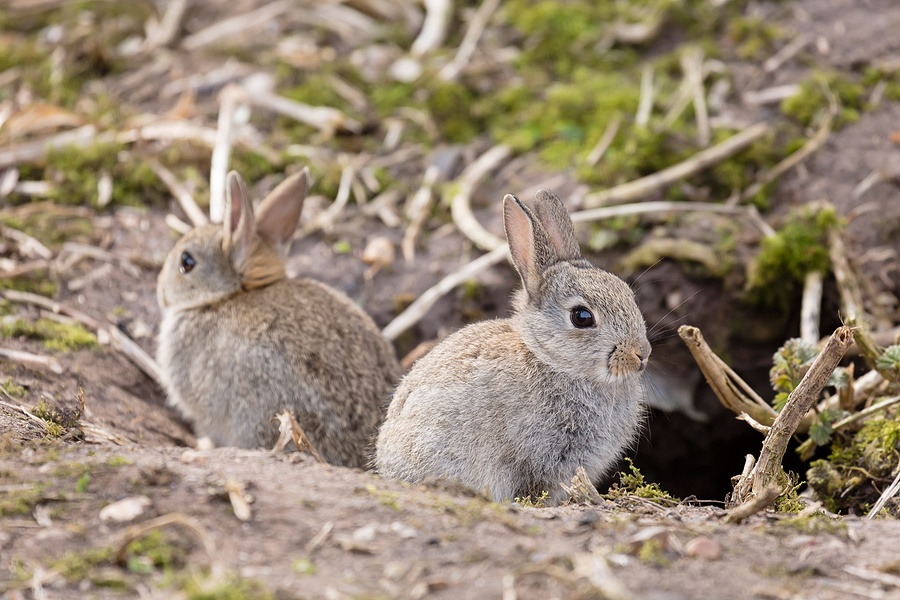Imagine finding out that your attic has become a sanctuary for bats. While these little creatures are essential for our ecosystem, having them in your home can pose significant challenges. Bats play a crucial role in controlling insect populations and pollinating plants. However, when they roost in residential attics, the situation can quickly turn problematic.
In this blog post, we will explore the reasons why bats may choose your attic, how to identify their presence, the risks involved, and legal considerations. We will also discuss ethical and Eco-friendly solutions for managing bats and offer tips on preventing future infestations. By the end of this article, you’ll have a comprehensive understanding of how to handle bats in your attic responsibly and effectively.
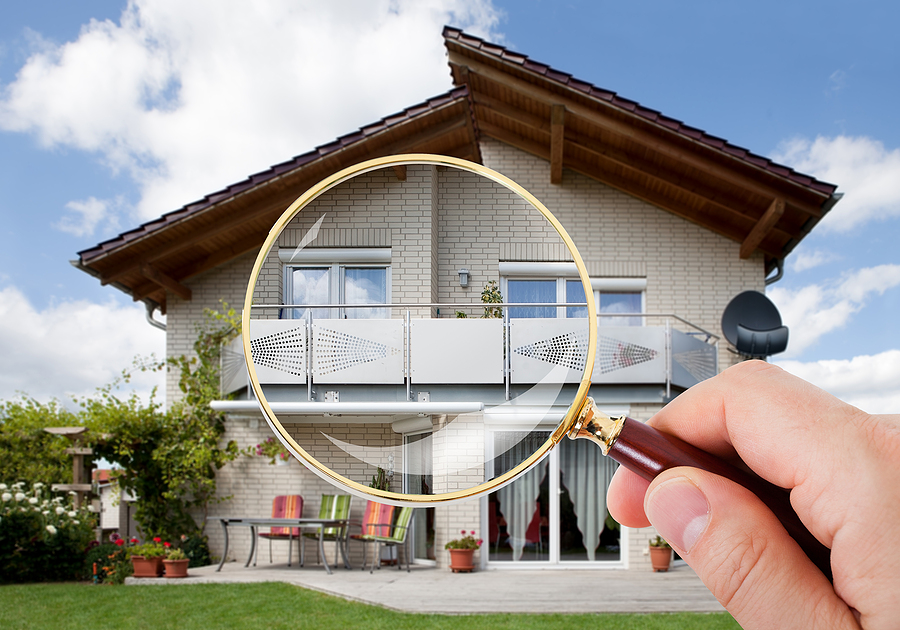
Identifying Bats in the Attic
Typical Signs of a Bat Infestation
Before you can address a bat problem, you need to know if you have one. Bats are nocturnal creatures, making it difficult to catch them in the act. However, there are several telltale signs of a bat infestation. Here are the top clues to look for in and around your house:
- Guano – Bat droppings, or guano, are often the most apparent sign. Guano resembles small, dark pellets and tends to accumulate in piles. If you find these droppings in your attic or around your home, it’s a strong indicator that bats are present.
- Unusual Noises – Bats are generally quiet, but you might hear rustling or fluttering sounds coming from your attic at dusk or dawn. These noises are often a giveaway that bats are nesting above.
- Entry Points – Bats can enter through surprisingly small openings. Inspect your home for tiny gaps or holes, especially around roof edges, vents, chimneys, and eaves. These entry points are likely how the bats are getting in and out of your attic.
Risks and Legal Considerations
Health and Safety Risks
While bats themselves are not typically aggressive, their presence in your home can pose health risks. Bat guano can harbor dangerous fungi that cause histoplasmosis, a respiratory disease. Additionally, bats can carry rabies, which is a serious concern for homeowners.
Legal Regulations
It’s essential to be aware of the laws surrounding bat removal. In many regions, bats are protected species due to their ecological importance. Removing or harming bats without proper permits can result in hefty fines. Always check local regulations before taking any action.
Ethical Considerations
Removing bats ethically is not just about following the law; it’s about respecting wildlife. Bats play a vital role in maintaining ecological balance. Therefore, any removal efforts should prioritize their well-being.
Ethical and Eco-Friendly Solutions
Humane Bat Houses
One way to manage bats humanely is by providing alternative roosting sites. Installing bat houses near your property can encourage bats to relocate from your attic. These structures mimic natural roosting spots, offering bats a safe place to live without invading your home.
Professional Bat Exclusion Services
Hiring a wildlife control company specializing in bat exclusion is another ethical option. These professionals use non-lethal methods to remove bats and seal entry points to prevent re-entry. This ensures that the bats are safely relocated, and your attic is bat-free.
Eco-Friendly Approaches
Using Eco-friendly repellents and deterrents can help keep bats away without harming them. Ultrasonic devices and natural repellents like peppermint oil can be effective in discouraging bats from entering your attic.
Bat Proofing Strategies
Sealing Entry Points
The best way to prevent future bat infestations is by sealing potential entry points. Use caulk, mesh, and other materials to close gaps and holes around your home. Pay special attention to areas like vents, chimneys, and roof edges.
Installing Chimney Caps
Chimneys are common entry points for bats. Installing chimney caps can block access while still allowing your chimney to function correctly. Ensure the caps are securely fitted to prevent any gaps.
Maintaining a Well-Ventilated Attic
Bats are attracted to warm, humid environments. Keeping your attic well-ventilated can make it less appealing to bats. Regularly check for signs of moisture and ensure your attic is dry and well-ventilated.
Conclusion
Managing bats in your attic can be challenging, but it’s important to approach the situation responsibly. By identifying the signs of an infestation, understanding the risks and legal considerations, and implementing ethical and Eco-friendly solutions, you can handle the issue effectively. Preventing future infestations through proper maintenance and sealing entry points is equally crucial. If you’re struggling to manage bats in your attic, consider contacting a professional wildlife control company for expert assistance.
When nothing seems to work against bats, you need professional animal removal service. Contact Budget Animal Removal at 615-337-9165 for TWRA licensed and insured Nashville, Tennessee critter control services you can afford. We use safe and humane methods of beaver dam removal and beaver control. Plus, we serve both residential and commercial customers.
Related Posts:
2 Zoonotic Bat Diseases That Can Be Spread to Humans and Pets
Common Signs That You Have Bats in the Attic
How to Protect Your House From Nuisance Wildlife in Tennessee

